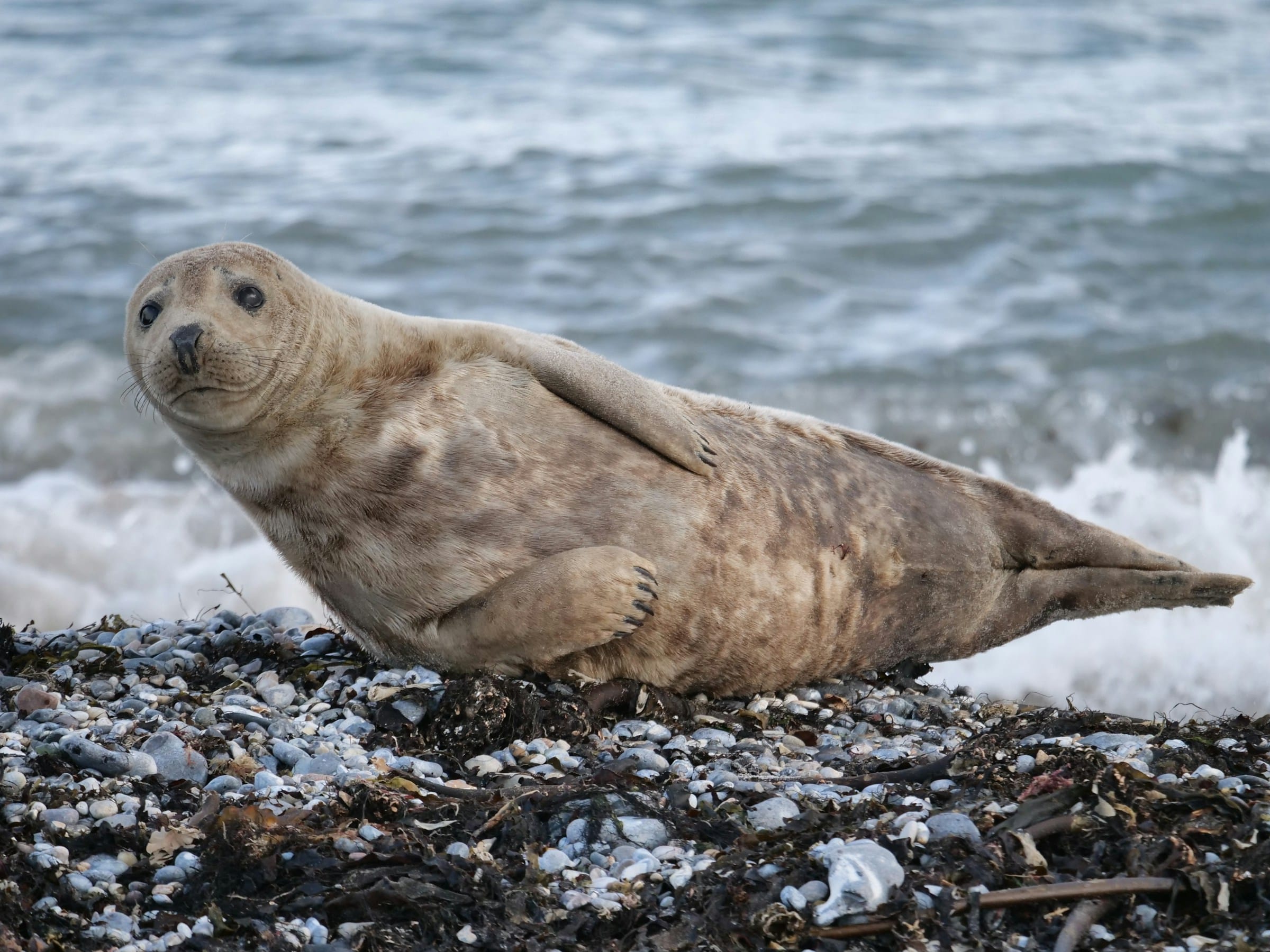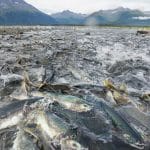The UK’s coastal regions are teeming with a diverse array of wildlife. These ecosystems are particularly rich in seals. The grey seal, in particular, is a common sight along these stretches of coastline, with Scotland being a significant hub for these fascinating creatures. However, the increasing influx of tourists desiring to catch a glimpse of these marine marvels is leading to disturbances in seal behavior and habitat. It’s crucial that we understand and implement measures to prevent such disruptions to ensure the long-term survival and abundance of these species.
OSPAR’s Role in Seal Protection
OSPAR (Oslo-Paris Convention) is a key player in the protection and conservation of marine life in the North-East Atlantic. Their role in preventing disturbances to seals by tourists in the UK is noteworthy.
Avez-vous vu cela : How are UK zoological societies involved in the global preservation of endangered amphibian species?
OSPAR, as an international body, sets the baseline for marine conservation efforts, including those for seals, by providing a framework for cooperation among member countries. This framework is centered on regular assessment of the state of the marine environment, including monitoring seals’ trends, distribution, and counts.
One of their significant contributions is the development of an indicator for seal abundance. This indicator is a critical tool that helps to monitor changes in seal populations and distribution over time, and provides a basis for management decisions. It uses data collected from various sources, including pup counts and surveys, to estimate the overall abundance of seals in the region. This data-driven assessment allows OSPAR to identify potential threats and devise appropriate measures to mitigate them.
Cela peut vous intéresser : What steps should UK homeowners take to ensure bird feeders do not spread disease among bird populations?
OSPAR also sets a threshold level for seal disturbances. If the disturbances exceed this threshold, it triggers immediate action from the relevant authorities. This mechanism ensures that any disturbances to seals, including those caused by tourists, are promptly addressed.
Scotland’s Active Involvement in Seal Conservation
Scotland is home to a considerable portion of the grey seal population, making it a critical region for seal conservation. The country has undertaken several measures to prevent disturbances to seals by tourists.
The Scottish government conducts regular seal surveys in coordination with the Sea Mammal Research Unit (SMRU). These surveys provide crucial data about seal populations, distribution, and trends. They also aid in the identification of “haul-out” sites, which are places on land where seals rest, molt, or breed.
These sites are now protected by law, and it’s illegal to intentionally or recklessly disturb seals at these locations. The government has also launched awareness campaigns to educate tourists about the importance of not disturbing seals, particularly during the breeding season when they are more vulnerable.
Besides, Scotland has implemented strict regulations regarding boat and drone usage near seal haul-out sites. These regulations aim to reduce the disturbances caused by tourist activities, ensuring that seals can carry on their natural behavior without interference.
Employing Technology for Seal Protection
The use of modern technology is proving to be an effective tool in preventing disturbances to seals by tourists.
One such technology is the use of drones. While they can potentially disturb seals if misused, when used responsibly, drones can offer a non-intrusive way of observing and gathering data about seals. Drone imagery can provide valuable insights into seal behavior, population trends, and distribution patterns.
Furthermore, some organizations are using advanced geofencing technology to establish virtual boundaries around sensitive seal habitats. When a drone enters these restricted areas, it automatically triggers a warning or even causes the drone to land. This technology is a promising tool for protecting seals from disturbances caused by irresponsible drone use by tourists.
AUS-UK Partnership in Seal Conservation
The partnership between Australia (AUS) and the UK offers another layer of protection for seals in the UK’s coastal regions.
Both countries have a rich diversity of seal species and share common challenges related to tourism-related disturbances. This partnership allows the two countries to share knowledge and resources, enhancing their capacity to protect their seal populations.
In particular, the AUS-UK partnership focuses on developing and implementing best practices for tourist interaction with seals. They provide guidelines on maintaining a safe and respectful distance from seals, both on land and in the water. These guidelines, backed by scientific data and assessment, aim to ensure that tourists can enjoy observing seals without causing them harm or distress.
In the end, the survival and abundance of seals along the UK’s coasts depend on a combination of factors: robust data collection and assessment, strict regulations, public awareness, technological advancements, and international cooperation. These measures, while already in place, need continuous refinement and enforcement to adapt to changing conditions and challenges.
Technological Advancements in Seal Protection
Modern technology is creating a significant impact in the efforts to protect seals from disturbances caused by tourists in UK’s coastal regions.
The use of drones has been particularly beneficial in the collection of data relating to seal behavior, population trends, and distribution patterns. When utilised responsibly, drones offer non-invasive means of observing and gathering data about seals in both the North Sea and Celtic Seas. They allow researchers to conduct comprehensive assessments of seal abundance without causing any disturbances to their natural habitats and behaviours.
However, irresponsible use of drones can also contribute to the problem. To counter this, advanced geofencing technology is being employed to create virtual boundaries around sensitive seal habitats. When a drone ventures into these restricted zones, it triggers a warning or forces the drone to land, preventing possible disturbances to the seals.
In addition, technological tools are being used to keep track of pup production, a critical indicator of seal population health. Data on pup production, along with other important metrics like the baseline year and long-term trends, are collected and analysed to inform conservation strategies.
International Cooperation: A Key to Seal Conservation
International cooperation plays a crucial role in protecting seals from tourist disturbances in the UK’s coastal regions. A remarkable example of this is the partnership between the UK and Australia.
Both countries share rich biodiversity, including diverse species of seals. They also face similar challenges related to disturbances caused by tourists. This partnership allows the two nations to pool knowledge and resources, thus enhancing their capacity to protect their seal populations.
The collaboration is particularly focused on the development of best practices for tourist interactions with seals. These guidelines advise on maintaining a safe distance from seals, both on land and in water, to prevent any possible harm or distress to the animals. Backed by scientific data and assessments, these guidelines aim at ensuring that tourists can enjoy observing seals without causing any disruption.
This partnership also enables the sharing of insights on seal populations in regions like West Scotland, Northern Ireland, and coast Orkney, contributing to a comprehensive understanding of seal abundance distribution across assessment units in the greater North.
Conclusion
The conservation of seals in the UK’s coastal regions is a multifaceted challenge that requires concerted efforts across various fronts. The measures being taken, from the setting of disturbance thresholds by OSPAR to the active involvement of Scotland in seal conservation to the innovative use of technology and international cooperation, are all critical in ensuring the survival and abundance of seals.
However, it is vital that these efforts are continuously refined and enforced to adapt to changing conditions and challenges. Public awareness and appreciation of the need for these measures are equally important, ensuring that every visitor to our coastal regions is a conscious and responsible tourist. The survival of the UK’s grey seals and harbour seals, and indeed all marine life, depends on our collective commitment to their protection.











